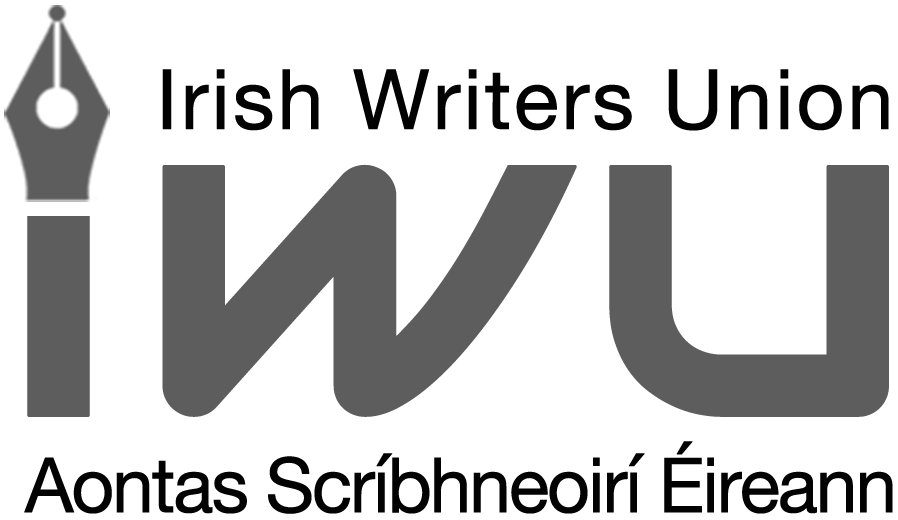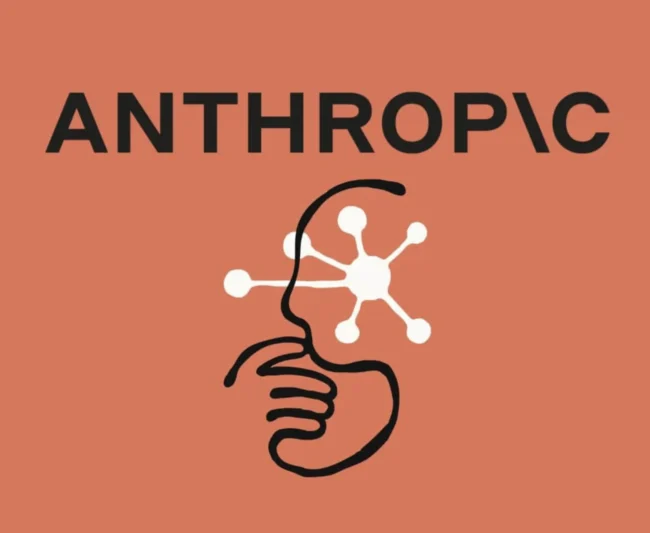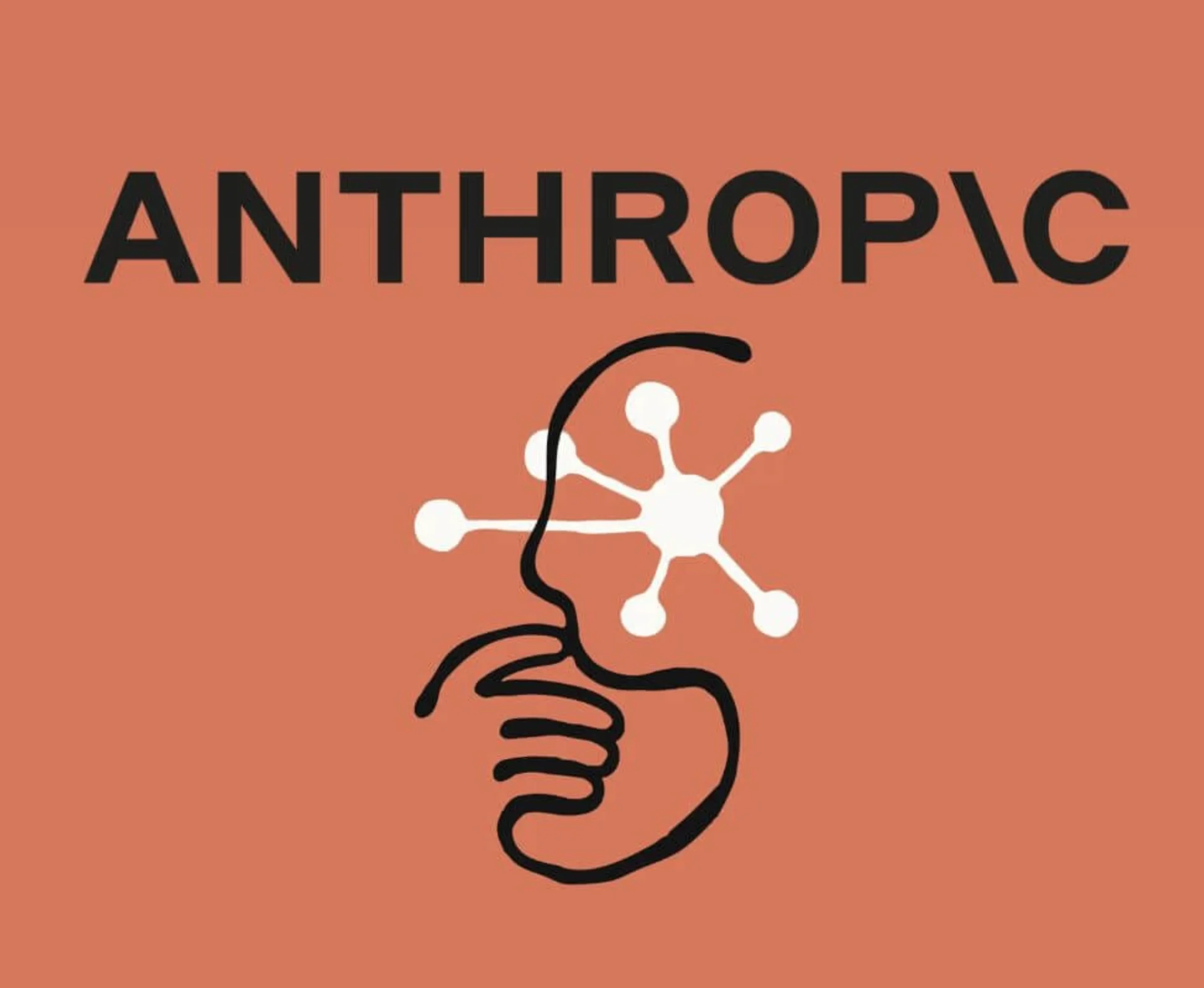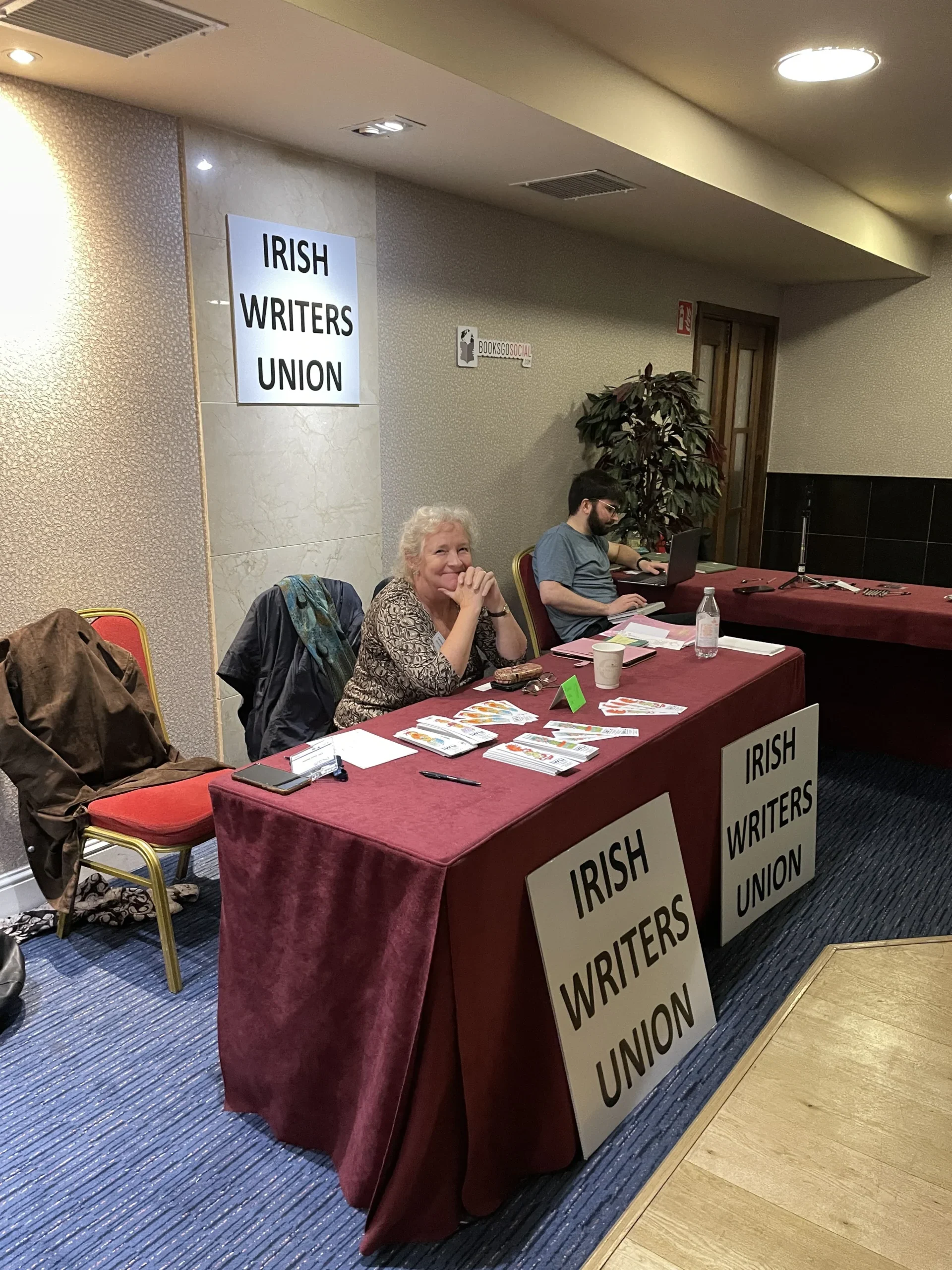Amazon’s KDP Select is widely assumed to be the major self-publishing/indie publishing platform for e-books and printed books, but there are alternatives to Amazon for writers. Here I will discuss the e-book publishing platform Smashwords, and an international book-printing company, IngramSpark – in my view, both viable and very effective alternatives to Amazon for indie publishing.

I published hard-copy books with both Amazon and IngramSpark five years ago when I became an author – and compared the two. I decided I wasn’t happy with Amazon’s quality and after that published solely with IngramSpark.
Print on demand and distribution…
An important technology that makes self-publishing viable is print on demand (POD). For modest levels of demand in particular, POD avoids expensive print runs and warehousing costs, so it can be a useful way for indie authors to approach bookshops directly.
Amazon is a retail site, not a distributor or a wholesaler whereas IngramSpark is an international printing company that publishes and distributes books worldwide – a better choice for an indie author’s route to bookshops.
Amazon is a much stronger option as a direct-to-reader platform for both printed books and e-books but has fewer distribution options than IngramSpark for reaching libraries, bookshops and online bookshops.
KDP Select publishes only for Amazon, for sale only on Amazon and available to read on a Kindle or online in Amazon.
IngramSpark and Smashwords distribute to five other retail bookshops including Apple Books, Kobo and Overdrive, which can be viewed on multiple types of e-readers. Smashwords can distribute books directly to libraries via Kobo as directed by the indie publisher.
Large book-publishing firms such as IngramSpark and Amazon distribute self-published books internationally and to major book companies. However, while Amazon markets this as almost an exclusive service, IngramSpark – which is even larger – also provides this service, and to a much more expansive market than Amazon. In fact, IngramSpark distributes books to many distribution channels, including Amazon. Plus IngramSpark will sell directly to bookshops via the self-publisher, using ISBNs (more about these below).
Scott Allan backs up this theory of Amazon’s limited distribution options in his article ‘Ingram Spark Review and Guide: A Close Look at Ingram Spark Vs KDP‘.
ISBN vs ASIN?
IngramSpark can sell books directly to a bookshop by using a Nielsen International Standard Book Number (ISBN); in January 2022 a single ISBN costs £89 (€104)* or 10 ISBN for £164 (€194)* (*Figures and conversion calculations correct at time of publication; see https://www.nielsenisbnstore.com/Home/Isbn for any updates.)
An ISBN allows sales to be tracked worldwide and for organisations such as libraries it is often essential to have one. It is not necessary to have an ISBN for Amazon sales, however, because a unique ASIN identification number will be assigned the title. Indie authors need ISBN numbers to upload book files to IngramSpark’s database via a personal IngramSpark account – putting them into the database of bookstores worldwide.
IngramSpark: choices, royalties and costs…
IngramSpark provide detailed instructions on how to publish and offer a wide range of book type and size choices, including trim, special sizing, binding, cover options, spine, and paper quality – choices not available via Amazon’s physical publishing system.
IngramSpark does not provide in-house formatting or design services whereas Amazon printing services, formerly Createspace and now part of KDP Select, does offer their own publishing services to assist indie authors.
The cost of selling books printed and retailed via Amazon is deducted from royalty payments, which are, at end 2021, 60 per cent minus the print costs. So if the list price is $15 for a book of 333 pages of black ink then the payment per sale is 60 per cent of $15 = $9 minus $4.85 = $4.15; (see https://kdp.amazon.com/en_US/help/topic/G201834330 for any update examples)
IngramSpark pay 45 per cent of the book’s list price, minus printing cost for books they print and distribute. See https://www.ingramspark.com/features for more.
Unlike Amazon, IngramSpark charge fees for uploading files for publishing. IngramSpark’s set-up fee for the title is $49 as at end 2021 – but this is waived if the publisher orders 50 copies within 60 days of the date of setting up the title.
IngramSpark discounts can be applied to reduce these fees, and careful attention to detail to fulfil their requirements saves money, given that each upload incurs a cost. The technical requirements for cover design are also higher than Amazon’s, so it may be useful to pay a graphic designer to avoid additional cover uploads.
Independent reviews of IngramSpark…
* The Independent Publishing Magazine (IPM) rated Ingram Spark 8.5/10: ‘… provides a smooth easy-to-use interface better suited to self-published authors wanting a degree of control, support, flexibility and independence outside of full service publishing providers (and with slightly reduced set-up pricing), it does restrict authors and publishers offering retail discounts lower than 55 per cent.’
The IPM review states that IngramSpark is a simple and affordable tool providing access to a global distribution network, 38,000 retail shops and libraries.
The reviewer stresses that the set-up process is detailed, so it’s recommended that the author has all files and relevant information at the ready when adding a book; IngramSpark offer their File Creation Guide to assist in this regard. With so much detail and multiple choices involved, preparation of the title is time-consuming – but effective for distribution.
IPM also points out that the disadvantage for indie publishers with IngramSpark is that choosing a discount lower than 55 per cent may limit book sales because buyers will prefer a higher reduction.
* BestLegit, an independently owned reviewer of customers using online shops, carried out a 2020 survey of indie publishers and scored IngramSpark 9.8/10 as an expert and legitimate publishing company. However in terms of using this platform to publish, the indies only scored an average of 2.8, reflecting the sometimes arduous and complex technical steps required.

Smashwords as an e-book option…
Smashwords, a service for publishing and distribution of e-books, offers straightforward distribution to most of the world’s largest e-book retailers. It provides free tools for marketing, distribution, metadata management and sales reporting.
Amazon offers a cover-design system for e-books whereas Smashwords does not offer in-house publishing services to authors. However it does provide a list of freelance contacts. ‘You’re hiring the freelancer, not Smashwords,’ states founder Mark Coker. ‘Most are fellow Smashwords authors. We make this list available to you as a courtesy. We do not collect or accept referral fees or commissions from these service providers, and cannot warrant the quality of their work.’
An e-book aggregator, Smashwords has its own retail branch and also distributes e-books to six other retail stores, including Apple and Barnes & Noble.
Points to note with Smashwords
* Smashwords offers wide distribution to countries and online e-book shops – but only when specific requirements, including text layout, are followed. Navigation, by way of a set of bookmarks added to chapter titles, must be added to the upload document. This is created with Word programs and enables the reader to flick through an e-book as it appears on the reader. The Smashwords Style Guide will assist with formatting and publishing.
* The uploaded e-book is then tested by Smashwords staff to decide if it reaches the requirements for Premium Distribution – this allowing for distribution to their six other retail outlets. If not, the e-book will only be sold in Smashwords retail.
* Smashwords also publishes e-books compatible with the most amount of e-book readers, and offers resources that explain clearly how to upload.
* Smashwords holds frequent discount events – not only to sell books, but also to market the self-publishers’ titles. The idea behind these events is that buyers will be attracted to the discounted e-books… while at the same time noticing other titles by the same authors. I experienced a huge increase in sales during Smashwords events and always make sure to take part in them.
Independent Smashwords reviews…
* The Independent Publishing Magazine (IPM) rated Smashwords 8/10 among publishers and distributors. It noted that authors have found the strict formatting process for Premium Distribution frustrating; Amazon having a less detailed one.
The IPM reviewer found that publishing facts were not easy to find on the Smashwords website: ‘The issue lies with Smashwords’ attempt to function as both e-distributor and self-publishing platform. I’d much prefer if Smashwords kept both facets distinctly separate. While the user interface works reasonably okay, the website itself is functional and lacks a great deal of panache.
In terms of royalties, Smashwords provides 85 per cent of net sales to the indie author and the IPM review found their customer service ‘pretty responsive and prompt with queries and support, but customer service is conducted through email, and not by phone’.
* A freelancewithus review found feedback from indie authors generally positive, with a wide variating in experiences of uploading and formatting, concluding: ‘If you’re a writer who dreams of simply getting your story into the hands of millions of readers, Smashwords is a great option for e-book distribution. I definitely recommend that you pay for professional editing and for professional cover design unless you have graphic-design skills yourself.’
Proofing, editing and cover…
In my opinion also taking control of the proofreading, editing and cover design of your self-published book can be like being a Jack of all trades and master of none.
Indie publishers don’t have the marketing strength of a traditional publishing company, so they need to get noticed on Amazon and other online searches. This means a cover design that really stands out. Spelling and grammar must be correct as bad book reviews are often given due to poor editing.
* Fiverr.com is a one-stop shop that caters for many of the technical aspects of self-publishing including cover design, proofreading, editing and other digital services. This umbrella company offers individual designers, editors, artists, writers and more – and can secure the indie publisher freelance professional services for very reasonable fees.
* Upwork is another useful freelance resource to find editors, cover design, formatting, proofreading, copy-editing, social-media management and the like. The client posts a job description, what is required to be done and what the client will pay. Freelancers can then apply to work on the project; algorithms are used to shortlist the one best suited, and then the client chooses.

Advertising…
* Many indie authors have used Amazon’s paid advertising at some stage – however none have mentioned to me that it generated a large boost in sales. The issue with expensive forms of advertising such as Amazon or Bing is that often the royalties from sales are too low to cover the cost. And given that Amazon sells almost a billion books, is it possible for a self-publisher to get noticed, or contracted to a publishing company?
In my opinion Facebook advertising is a cheap and effective alternative, with costs as low as €7 for three days.
* Alternatives to paid advertising – for instance, blogging – cannot effectively be discussed in a few lines here. There is a science to blogging which increases product sales and brand awareness, the author being the brand and the books being the products. A helpful beginning might be bloggingwizard.com, but innumerable blogs, books, website articles, videos and more discuss this subject.
Additional links and further reading…
Smashwords’ additional requirements on text layout.
Are bookshops worth it for indie authors?
The Alliance of Independent Authors (ALLi), a non-profit membership association for self-publishing authors.
Advice on how to self-publish your book.










